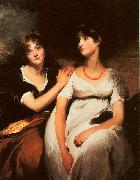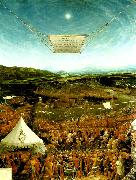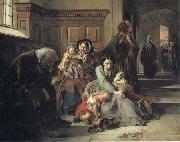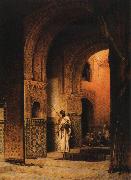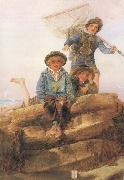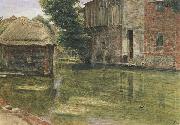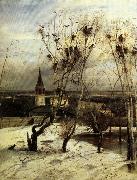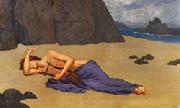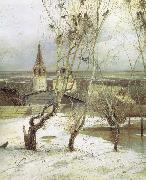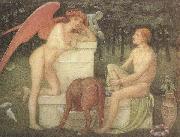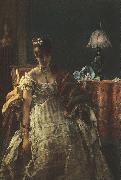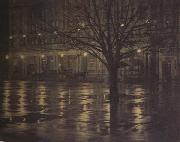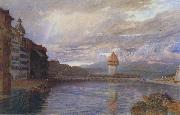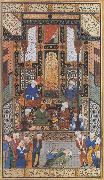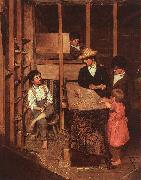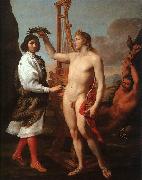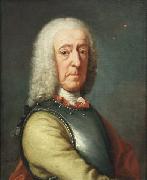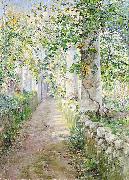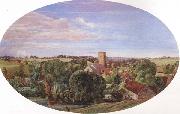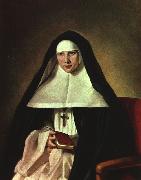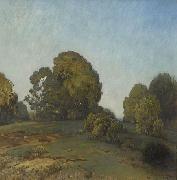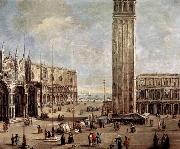|
|
|
|
|
|
|
|
|
|
|
|
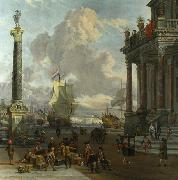 |
Abraham Storck
|
|
Abraham Storck (or Sturckenburch) (bapt. April 17, 1644 - buried April 8, 1708), was a Dutch landscape and maritime painter of the Baroque era.
Storck was born and died in Amsterdam, and came from a family of painters of the same name. He had a painter's studio in Amsterdam producing naval and harbor scenes as well as landscape paintings. He was influenced by the two Willem van de Veldes (the elder and the younger) and by Jan Abrahamsz Beerstraaten. |
|
|
|
|
|
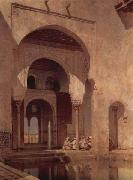 |
Adolf Seel
|
|
(1 March 1829-14 February 1907) was a German painter. He enjoyed training at the Dseldorf Academy of Arts.
Seel visited the academy in Dseldorf in 1844-50, where he trained under Wilhelm Sohn. He then continued to train one year in Paris, spent 1864 and 1865 in Italy, 1870 and 1871 Spain, Portugal and the north coast of Africa as well as 1873 and 1874 the Orient, where he developed his preference for the architecture painting found rich food. Its pieces of architecture, particularly the Arab and Moorish buildings, are usually provided just as beautiful landscapes painted with a masterful perspective, lighting and coloring.
|
|
|
|
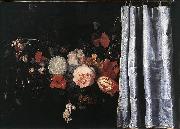 |
Adriaen van der Spelt
|
|
Adriaen van der Spelt (ca. 1630, Leiden - 1673, Gouda), was a Dutch Golden Age flower painter.
According to Houbraken, whose comments were based on the Gouda stories by Ignatius Walvis, he was an excellent flower painter born in Leiden, but his parentage was from Gouda. He spent many years at the court of Brandenburg working for Frederick William I, Elector of Brandenburg, but moved to Gouda to marry a third time with a nasty wife from Groningen who drove him to his grave.
According to the RKD he was a flower painter who spent the years 1664-1670 at the court of Brandenburg. |
|
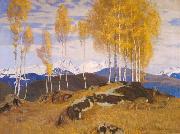 |
Adrian Scott Stokes
|
|
RA (1854-1935) was an English landscape painter. Born in Southport, Lancashire, he became a cotton broker in Liverpool, where his artistic talent was noticed by John Herbert RA, who advised him to submit his drawings to the Royal Academy. He entered the Royal Academy Schools in 1872 and exhibited at the Academy from 1876. In that year went to France where he lived for 10 years, settling back in England in 1886, at Carbis Bay and joining the artists' colony at St Ives.
Adrian Stokes was a landscape painter, concerned most with atmospheric effects, and later with decorative landscapes. He was the author of 'Landscape Painting' (1925). He became ARA in 1909 and RA in 1919, won medals at the Paris Exhibition and Chicago World Fair (1889), became first President of the St Ives Society of Arts (1890) and Vice President of the Royal Watercolour Society (1932).
He married Marianne Preindlesberger of Graz, Austria, in 1884, while living in France. She became a well known artist under her married name of Marianne Stokes. An obituary of Adrian Stokes was published in The Times Monday 2 December 1935
|
|
|
|
|
|
|
|
|
|
|
|
 |
Alexej Kondratjewitsch Sawrassow
|
|
Alexei Kondratyevich Savrasov (Russian) (May 24, 1830 - October 8, 1897) was a Russian landscape painter and creator of the lyrical landscape style.
Savrasov was born into the family of a merchant. He began to draw early and in 1838 he enrolled as a student of professor Rabus at the Moscow School of Painting, Sculpture and Architecture (graduated in 1850), and immediately began to specialize in landscape painting.
In 1852, he traveled to Ukraine. Then, in 1854 by the invitation of the Grand Duchess Maria Nikolayevna, President of the Imperial Academy of Arts, he moved to the neighborhood of St. Petersburg. In 1857, Savrasov became a teacher at the Moscow School of painting, sculpturing and architecture. His best disciples, Isaac Levitan and Konstantin Korovin, remembered their teacher with admiration and gratitude.
|
|
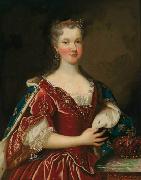 |
Alexis Simon Belle
|
|
(12 January 1674 - 21 November 1734) was a French portrait painter, known for his portraits of the French and Jacobite nobility.
Belle was born in Paris, the second child and only son of Jean-Baptiste Belle (born before 1642, died 1703), also a painter, and of Anne his wife (died 1705).
Belle's birth and baptism are recorded in the parish register of the church of Saint-Sulpice, Paris, and quoted in Eugene Piot's Le Cabinet de l'amateur for the years 1861 and 1862
|
|
|
|
 |
Alfred Seifert
|
|
(September 6, 1850 Praskolesy, Bohemia - February 6, 1901, Munich, Germany) was a Czech-German painter, famous for his female portraits.
He was born in Praskolesy (present-day Czech Republic) but within a few months, his family moved to nearby Hořovice.
As a child, he fell seriously ill, could not walk for four years and spent two years in an orthopedic institution. Instead of playing, he started to draw pictures and his artistic talent soon started to emerge. His first teachers were Karel Werbs, inspector of Estates Gallery at Prague Castle, and Alois Kirnig, landscape painter. |
|
|
|
|
|
|
|
|
|
|
|
|
|
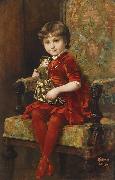 |
Alois Hans Schram
|
|
Alois Hans Schram
(1864 - 1919)
Alois Hans Schram was born in Vienna on August 20th. He was a painter and sculptor of historical subjects, figures, nudes, portraits, scenes with figures, genre scenes, local scenes, interiors with figures, landscapes with figures, urban landscapes, waterscapes and seascapes. |
|
 |
Alonso Sanchez Coello
|
|
Alonso Sachez Coello (1531/32 -August 8, 1588) was a portrait painter of the Spanish Renaissance and one of the pioneers of the great tradition of Spanish portrait painting.
Alonso Sachez Coello was born in Benifairode les Valls, near Valencia, and spent his childhood there, until the death of his father when he was around ten years old. He was educated in Portugal at his grandfather's home. Coello's years in Portugal and his family name of Portuguese origin led to a long-standing belief that he was in fact Portuguese. His grandfather (after whom he was named) was in the service of King John III of Portugal who sent the young painter to study with Anthonis Mor (also known as Antonio Moro) in Flanders around 1550. He was under the service of Antoine de Granville, bishop of Arras, learning from Mor. While studying in Flanders, Coello also spent time copying some of Titian's works. |
|
|
|
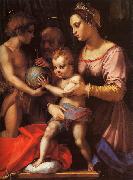 |
Andrea del Sarto
|
|
b.July 16, 1486, Florence
d.Sept. 28, 1530, Florence
Italian Andrea del Sarto Galleries |
|
|
|
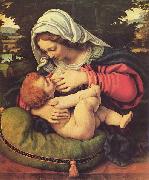 |
Andrea Solario
|
|
Andrea Solari (also Solario) (1460 in Milano - 1524) was an Italian Renaissance painter. He was initially named Andre del Gobbo, but more confusingly as Andrea del Bartolo a name shared with two other Italian painters, the 14th Century Siennese Andrea di Bartolo, and the 15th Century Florentine Andrea di Bartolo. |
|
|
|
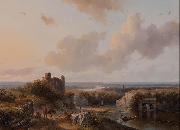 |
Andreas Schelfhout
|
|
(February 16, 1787, The Hague - April 19, 1870, The Hague) was a Dutch painter, etcher and lithographer, known for his landscape paintings.
He belongs to the Romantic movement. His Dutch winter scenes and frozen canals with skaters were already famous during his lifetime. He became one of the most influential Dutch landscape artists of his century.
He started as a house painter in the framing business of his father. He already started painting pictures in his spare time. After a well-received first exhibition in The Hague, his father sent him to receive proper training to Joannes Breckenheimer (1772-1856), a stage designer, in The Hague. He learned not only the technical aspects of painting, but also made detailed studies of the 17th-century Dutch landscape artists Meindert Hobbema en Jacob van Ruisdael.
In 1815 he started his own workshop. Through his technical excellence and sense of composition and his use of naturalistic colours, he soon became famous also outside The Hague. In 1819 he was awarded the Gold Medal at the exhibition in Antwerp. In 1818 he became a member of the Royal Academy for Visual Arts of Amsterdam. He reputation continued to grow and in1822 he was given the rank of Fourth Class Correspondent of the Royal Dutch Institute. From then on, one exhibition followed after another.
Initially he painted mainly summer scenes, beach scenes, and animal paintings. But as his initial winter scenes even had more success, he began to include them in his exhibitions. He was mainly a studio artist, relying on his sketches done en plein air. His sketchbook Liber Veritatis (Book of Truth) shows that he made about twenty paintings a year, among them a few foreign views. This indicated that he travelled abroad around 1825. In later years he visited France in 1833, England in 1835 (especially to study the works of Constable) and Germany.
He provided training to several painters who would become famous in their own right : Johan Hendrik Weissenbruch, Johan Jongkind (one of the forerunners of the Impressionists), Charles Leickert, Jan Willem van Borselen, Nicholas Roosenboom, Willem Troost, the American Hudson River School Painter Louis Remy Mignot and his son-in-law Wijnand Nuyen.
At the end of his career he put together a series of eighty landscape drawings, mainly recordings of previous paintings and watercolours. They were drawn in chalk and lightly coloured.
His death marked the end of the Romantic period in Holland. He is considered a precursor of the Hague School
|
|
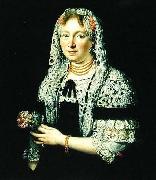 |
Andreas Stech
|
|
painted Portrait of a Patrician Lady from Gdansk in 1685 |
|
|
|
 |
anguissola sofonisba
|
|
The best known of the sisters, she was trained, with Elena, by Campi and Gatti. Most of Vasari's account of his visit to the Anguissola family is devoted to Sofonisba, about whom he wrote: 'Anguissola has shown greater application and better grace than any other woman of our age in her endeavours at drawing; she has thus succeeded not only in drawing, colouring and painting from nature, and copying excellently from others, but by herself has created rare and very beautiful paintings'. Sofonisba's privileged background was unusual among woman artists of the 16th century, most of whom, like Lavinia Fontana (see FONTANA (ii),(2)), FEDE GALIZIA and Barbara Longhi (see LONGHI (i), (3)), were daughters of painters. Her social class did not, however, enable her to transcend the constraints of her sex. Without the possibility of studying anatomy, or drawing from life, she could not undertake the complex multi-figure compositions required for large-scale religious or history paintings. She turned instead to the models accessible to her, exploring a new type of portraiture with sitters in informal domestic settings. The influence of Campi, whose reputation was based on portraiture, is evident in her early works, such as the Self-portrait (Florence, Uffizi). Her work was allied to the worldly tradition of Cremona, much influenced by the art of Parma and Mantua, in which even religious works were imbued with extreme delicacy and charm. From Gatti she seems to have absorbed elements reminiscent of Correggio, beginning a trend that became marked in Cremonese painting of the late 16th century. This new direction is reflected in Lucia, Minerva and Europa Anguissola Playing Chess (1555; Poznan, N. Mus.) in which portraiture merges into a quasi-genre scene, a characteristic derived from Brescian models.
|
|
|
|
|
|
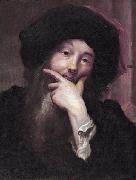 |
Anthoni Schoonjans
|
|
(1655 - 13 August 1726) was a Flemish painter.
He was born in Antwerp and became a pupil of Erasmus Quellinus II and his son Jan-Erasmus Quellinus. He travelled to Rome and like his teachers had done before him, joined the Bentvueghels with the nickname "Parrhasius" in 1674. In Rome he lived with Charles de Vogelaer in the via Margutta and later he lived from 1688-89 in the Corso, near the via di Ripetta. In 1695 he became court painter in Vienna, where he later died. During the course of his lengthy career he also worked in Antwerp, Riems, Lyon, Amsterdam, the Hague, Brno, Dusseldorf, Copenhagen, and Berlin.He is known for portraits and historical allegories, and was the teacher of Georg Gsell. |
|
|
|
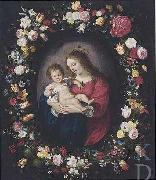 |
Antoine Sallaert
|
|
(1585-1650) was a Flemish Baroque painter.
According to Houbraken his work survived in Brussels, where he lived and died. He was sorry he could not find more data on this artist. According to the RKD he was registered in the Brussels Guild of Saint Luke as a master in 1613 and used the monograms ASall f and AS entwined. |
|
|
|
|
|
|
|
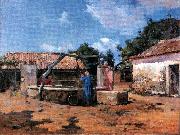 |
Antonio Carvalho de Silva Porto
|
|
(Porto, 11 November 1850 - Porto, 11 June 1893) was a Portuguese naturalist painter.
Born in Porto, he studied there under João Antenio Correia and T. Furtado, then continued his studies in Paris and Rome.
While in Paris he exhibited his work in the Salon and in the World´s Fair of 1878. In Paris, he studied with his friend João Marques de Oliveira, where they were pupils of Adolphe Yvon and Alexandre Cabanel. They became followers of the naturalist Barbizon School, and brought the new school of painting to Portugal, when they returned in 1879.
Silva Porto become one of the most acclaimed naturalist painters of his generation, showing the heritage of Jean-Baptiste Camille Corot and Charles-François Daubigny. Secondary effects from impressionism can sometimes be found in his paintings.
|
|
|
|
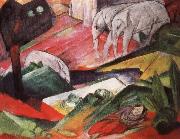 |
arnold schoenberg
|
|
Period: Modern (1910-1949)
Country: Austria/USA
Born: September 13, 1874 in Vienna, Austria
Died: July 13, 1951 in Los Angeles, CA
Genres: Band Music, Chamber Music, Choral Music, Concerto, Keyboard Music, Miscellaneous Music, Opera, Orchestral Music, Vocal Music
|
|
|
|
|









